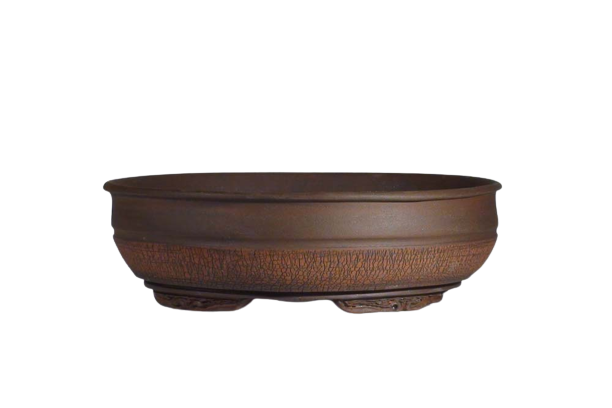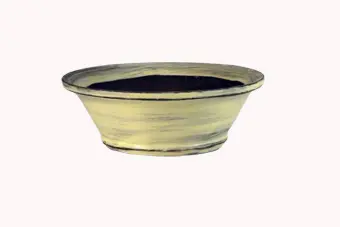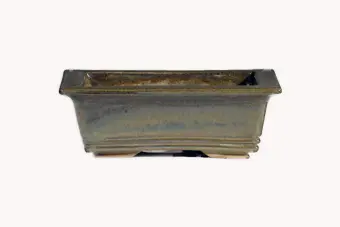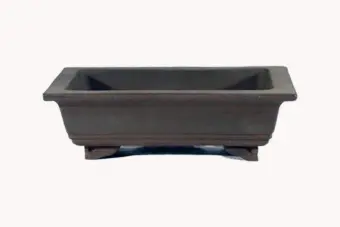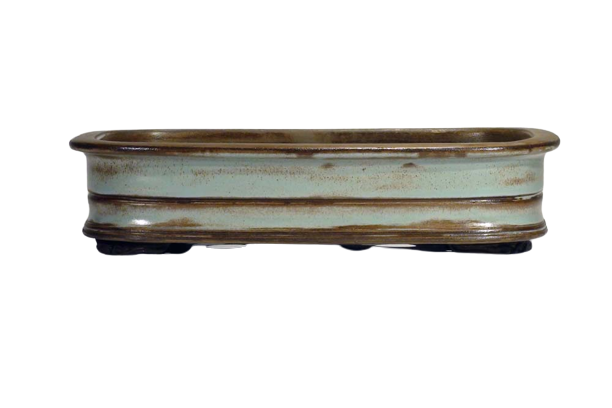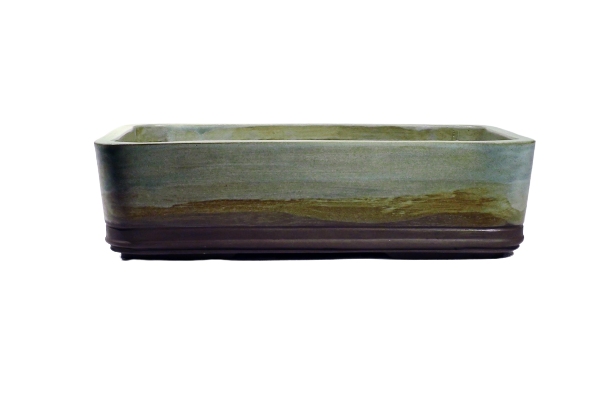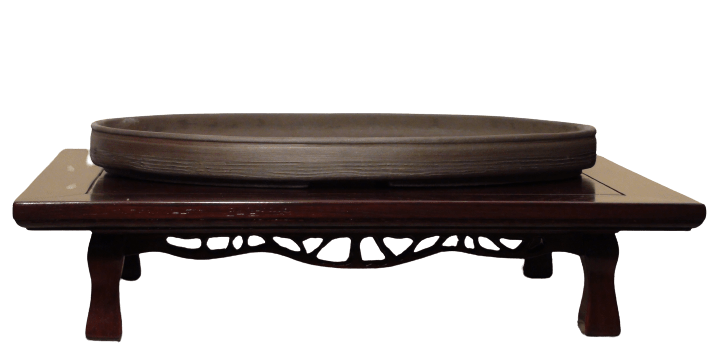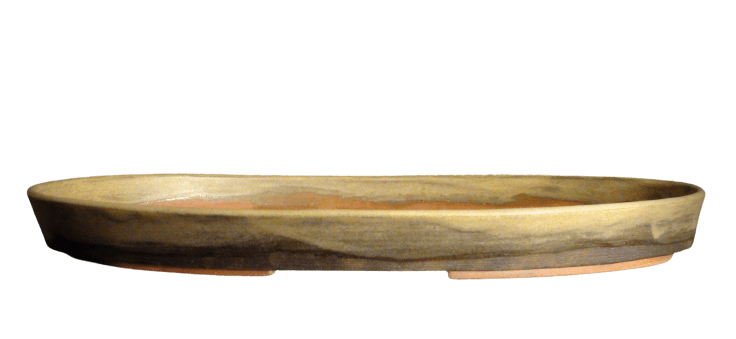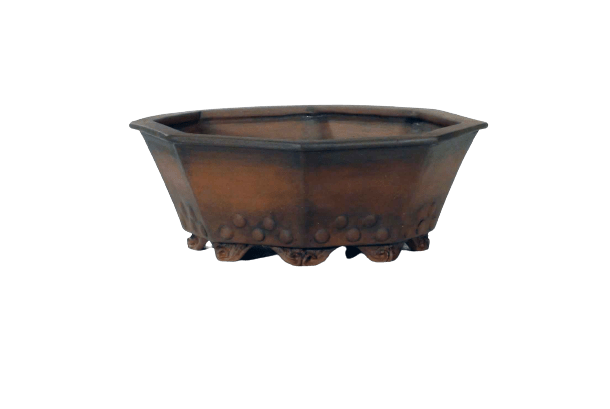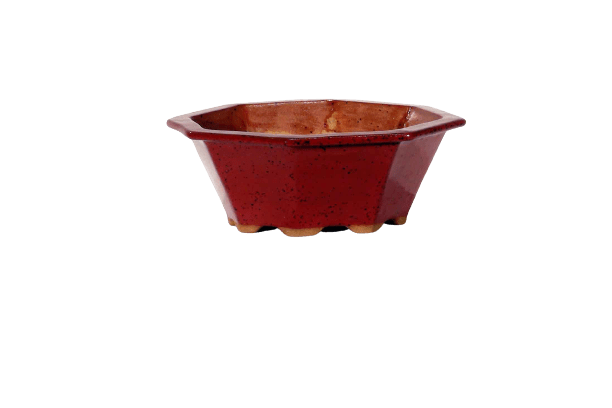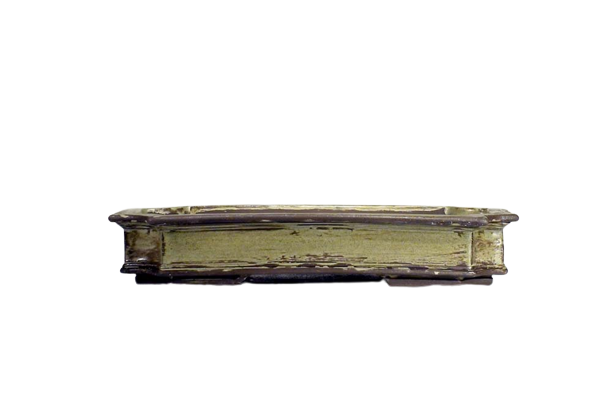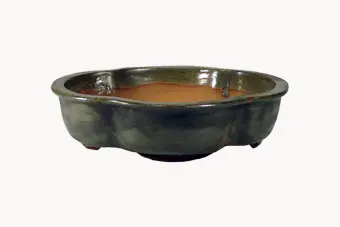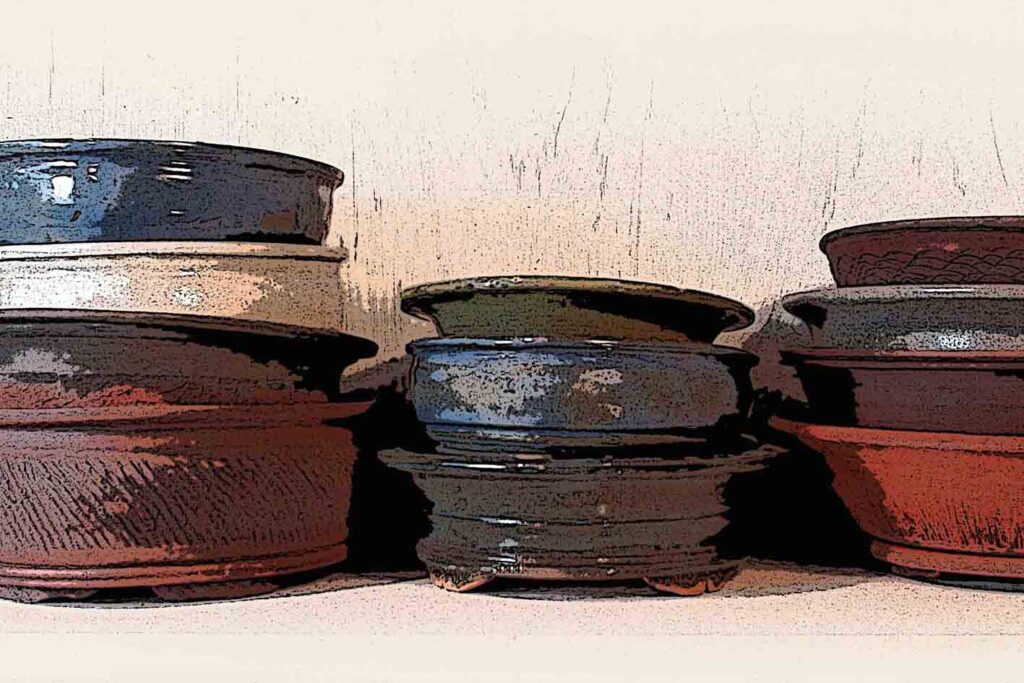
The shapes of bonsai pots
Part - 1
Claude Savard
CSCeramique
The shapes of bonsai pots available for retail sale are extremely diverse, although on the whole they can be reduced to just two basic configurations:
the circle and square.
The most popular bonsai pot shapes for hobbyists because of their classic, balanced aesthetic. What's more, with a diverse range of sizes, materials and designs available, each shape offers bonsai enthusiasts a multitude of options for showcasing their miniature tree. Whether you prefer the elegance of the circle or the symmetry of the square, you're sure to find the perfect pot to complement your bonsai's unique beauty. Ultimately, the choice of pot contributes greatly to the artistic expression of your bonsai, allowing you to further personalize its aesthetic appeal. Translated with www.DeepL.com/Translator (free version)
In a previous article entitled « How can I tell whether my bonsai is masculine or feminine ?, we've explored the relationship between round shapes and female trees, as well as the adaptation of male trees to square pots. However, restricting the choice of pot shapes to two options seems unwise in the world of bonsai. Indeed, trees are not strictly limited to a given gender, and there is usually a predominance of one over the other.
Fortunately, many centuries ago, Japanese potters invented pot shapes inspired by these two fundamental characteristics. As a result, they were able to create different styles of pots, perfectly in harmony with the various types of bonsai. In this way, pottery has greatly enhanced the beauty and uniqueness of each miniature tree, while scrupulously respecting its natural attributes.
What shapes of bonsai pots would be best for my tree?
Round and oval pots
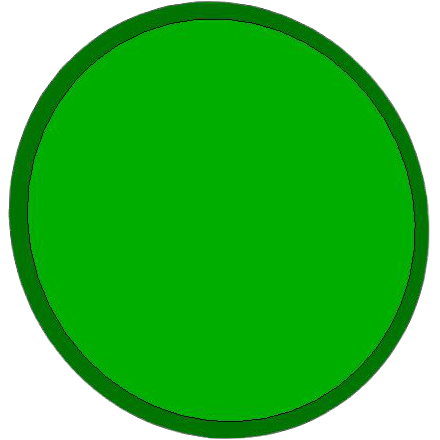
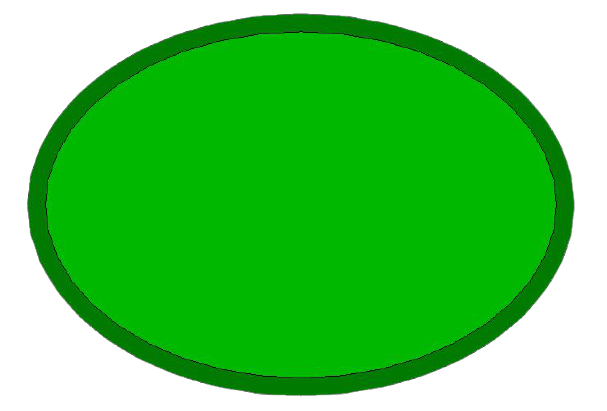
Round or oval shapes, frequently associated with female trees, offer a wide variety of options for bonsai display. Round pots, ideal for the scholarly style (Bunjing), contrast with oval pots, more suited to trees with an informal upright style (Moyogi). These containers are particularly suited to trees with a soft, sinuous trunk line, whether deciduous or coniferous. They come in various heights and lend themselves to a multitude of styles, from scholarly (Bunjing) to forest (Yose-ue).
Square and rectangular pots
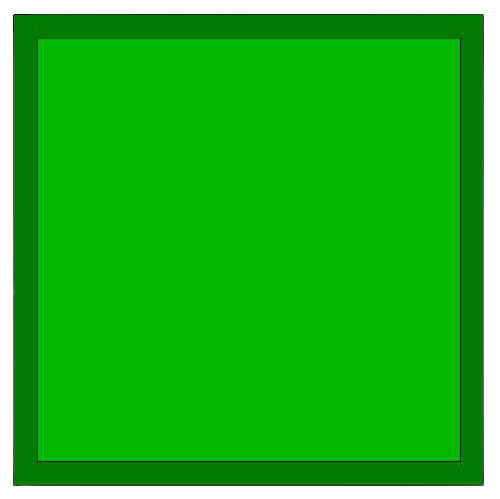
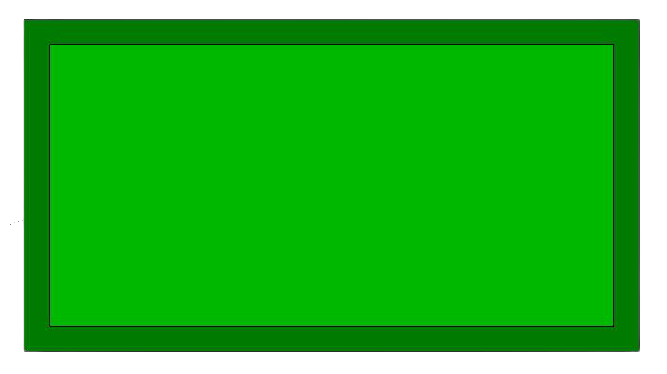
Pots of this type are usually associated with masculine trees. Their distinctive angles and straight lines are characteristic. Conifers, for the most part, are notable examples. Their imposing appearance is often marked by gnarled branches and sections of dead wood, further reinforcing this masculine impression.
The choice of pot for these masculine trees is of particular importance due to their less flexible size and tendency to be more massive. So it's essential to select a pot that matches the shape and strength of the tree, taking into account its gender.
A little tip
Masculine trees are generally more massive. This limits their flexibility in terms of size compared to feminine trees. To choose the right pot, take into account the tree's gender. Pay particular attention to its shape and sturdiness. If your tree has feminine characteristics, opt for pots with rounded corners.
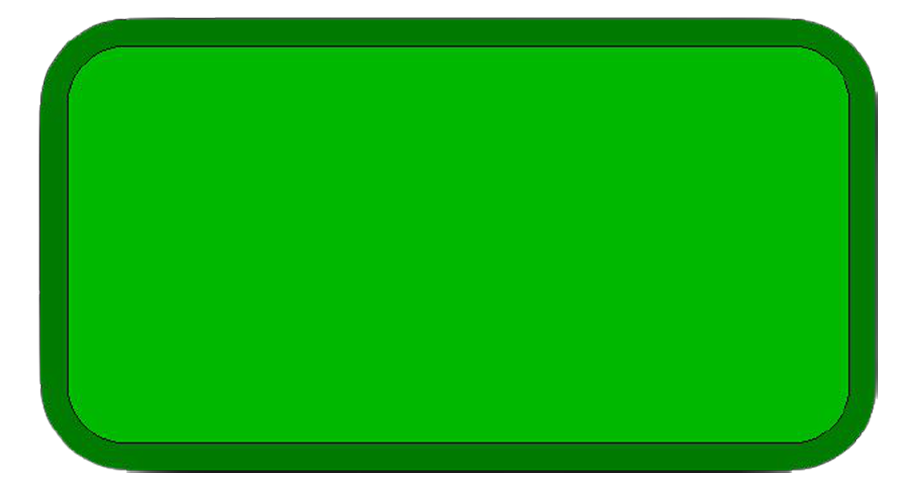
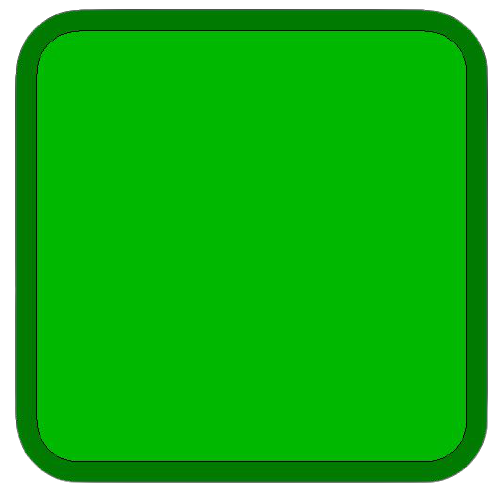
Particular pot shapes
Elongated forms
Here are a few examples illustrating different pot shapes, associated with feminine or masculine genders.
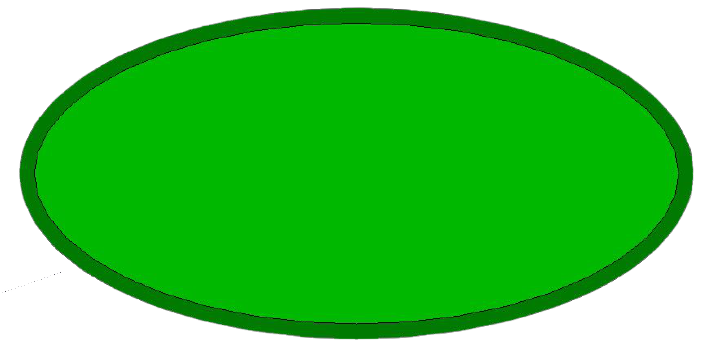
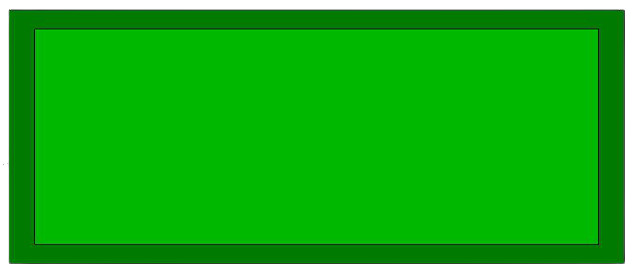
Elongated oval or rectangular pots enhance groves and forests. They are ideal for deciduous and conifer trees, as well as Ishisuki. These pots create captivating landscapes by highlighting trees and rocks. They are indispensable for enhancing landscapes.
The polygons
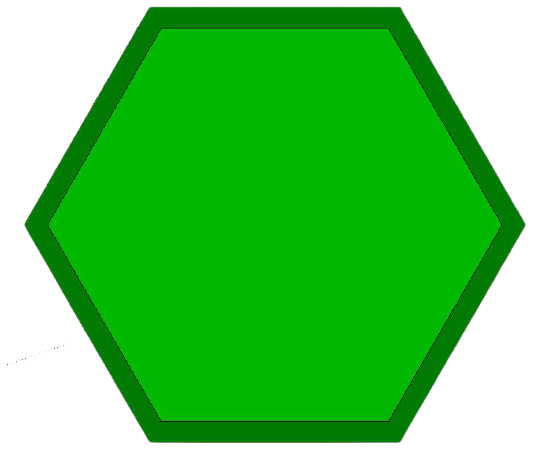
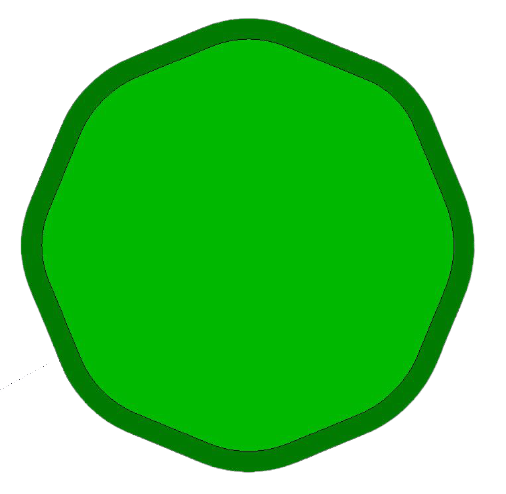
Hexagons (6 sides) and octagons (8 sides) are frequently used for flowering trees. They add height to the tree thanks to their deep cuts. They are also commonly used in cascade (Kengai) and semi-cascade (Han-kengai) styles. These geometric shapes provide aesthetic balance and solid structure, enhancing the tree's natural beauty. Bonsai enthusiasts prefer them for their elegance and ability to create an exceptional tree.
Compound forms
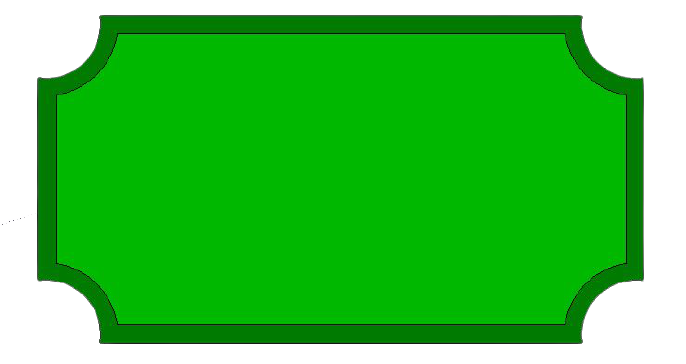
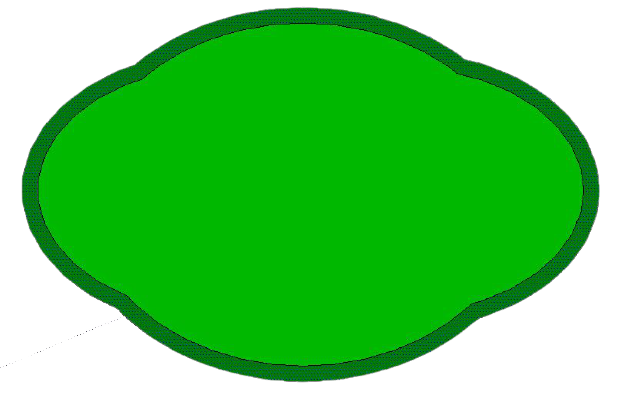
The criteria for these shapes are identical to those for oval or rectangular pots. However, they are more refined. They offer an opportunity to accentuate interest around the character to be highlighted. By adding a touch of sophistication, they create an elegant and distinctive presentation. Their use highlights the desire to bring out the particular and unique aspects of the chosen character, offering a more creative and artistic expression. These shapes are ideal for those who wish to present their character with style and finesse, captivating attention in a subtle yet powerful way.
